On Thursday, 10 weeks after the vessel was quarantined, sailors lined up on the ship’s flight deck in white uniforms and wearing white masks, standing a virus-safe 10 feet apart in a final formal “thank you” as the ship sailed out of port in Guam.
U.S. Navy Captain Carlos Sardiello said the carrier’s crew “humbly prepared to go back to sea, they had a job to do, and they did it without hesitation.”
“When Theodore Roosevelt departed from Naval Base Guam, they manned the rails as a gesture of gratitude and thanksgiving to honor the people of Guam, the service members, and civilians who supported the recovery of the crew during the COVID-19 pandemic,” Sardiello said.
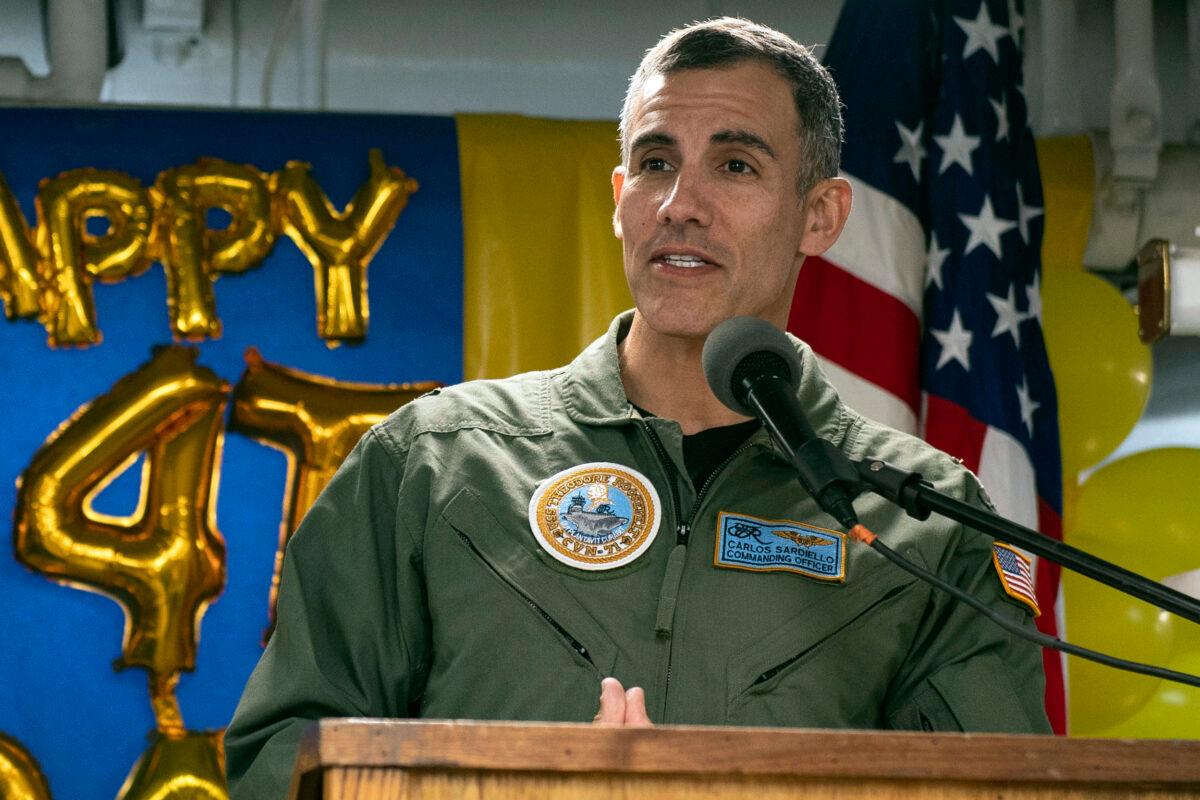
Earlier this week, the Navy official told the outlet that all sailors who were left on Guam during carrier qualifications have met all health requirements and will board the carrier for deployment. Sailors who have not met those health requirements yet will remain on Guam until they are able to rejoin the carrier or return to their home ports.
“Every recovered Sailor we embark is another victory against COVID,” Sardiello said. He added that the U.S. Navy is dedicated to the recovery of every sailor. “Those ashore will continue to receive the best medical care by military medical representatives. We greatly appreciate the continued support by Naval Base Guam, U.S. Naval Hospital Guam, and Expeditionary Medical Facility from Camp Pendleton.”
The carrier pulled into Guam on March 27 with a rapidly escalating number of sailors testing positive for the CCP virus, and the U.S. Navy immediately implemented a phased and methodical approach to address a COVID-19 outbreak among its crew.
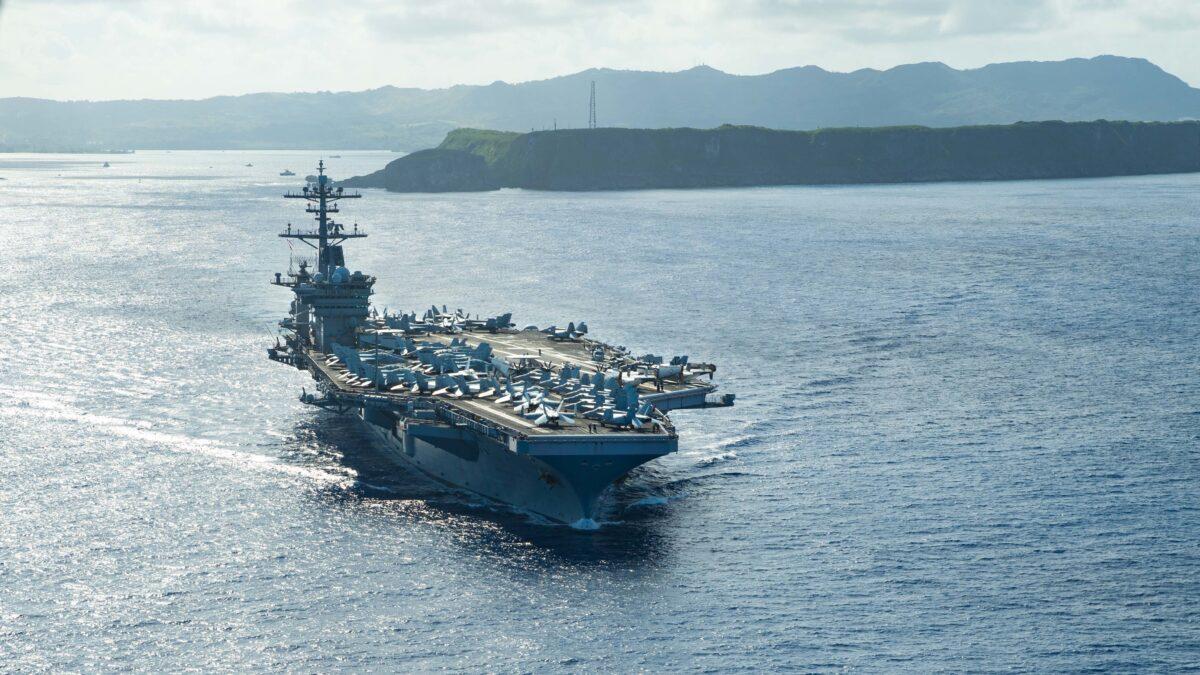
Over time, more than 1,000 were infected with COVID-19, setting off a lengthy and systematic process to move about 4,000 sailors ashore for quarantine and treatment, while about 800 remained aboard to protect and run the high-tech systems, including the nuclear reactors that run the vessel.
Slowly, sailors were methodically brought back on board, while the others who had remained went ashore for their mandated two-week quarantine. And in late March, the ship with only about 3,000 crew aboard went out to sea for roughly two weeks of training, including the recertification of the flight deck and fighter squadron, such as takeoffs and landings on the carrier.
Earlier this week, the Roosevelt wrapped up training and returned to Guam to pick up nearly 1,000 sailors who had been left there to either complete their quarantine or to manage and work with those still on the island. As the ship sailed into the port, it was flying a flag with the words “Don’t Give Up the Ship,” a famous Navy battle cry from the War of 1812.
“Our sailors didn’t give up the ship. They fought and got it back. So I thought it was appropriate,” said Sardiello, who asked one of the other Navy ships to borrow their flag. “The ship was clean and the ship was healthy with no COVID cases. So I said, OK, we’re going to fly that one time on the way into Guam as a symbol to bolster their morale.”
Sardiello, who has previously captained the carrier, was abruptly sent back to the ship in early April to take command after Crozier was relieved of duty after a letter he wrote urging Pentagon leaders to take faster action to stem the virus outbreak leaked to the media.
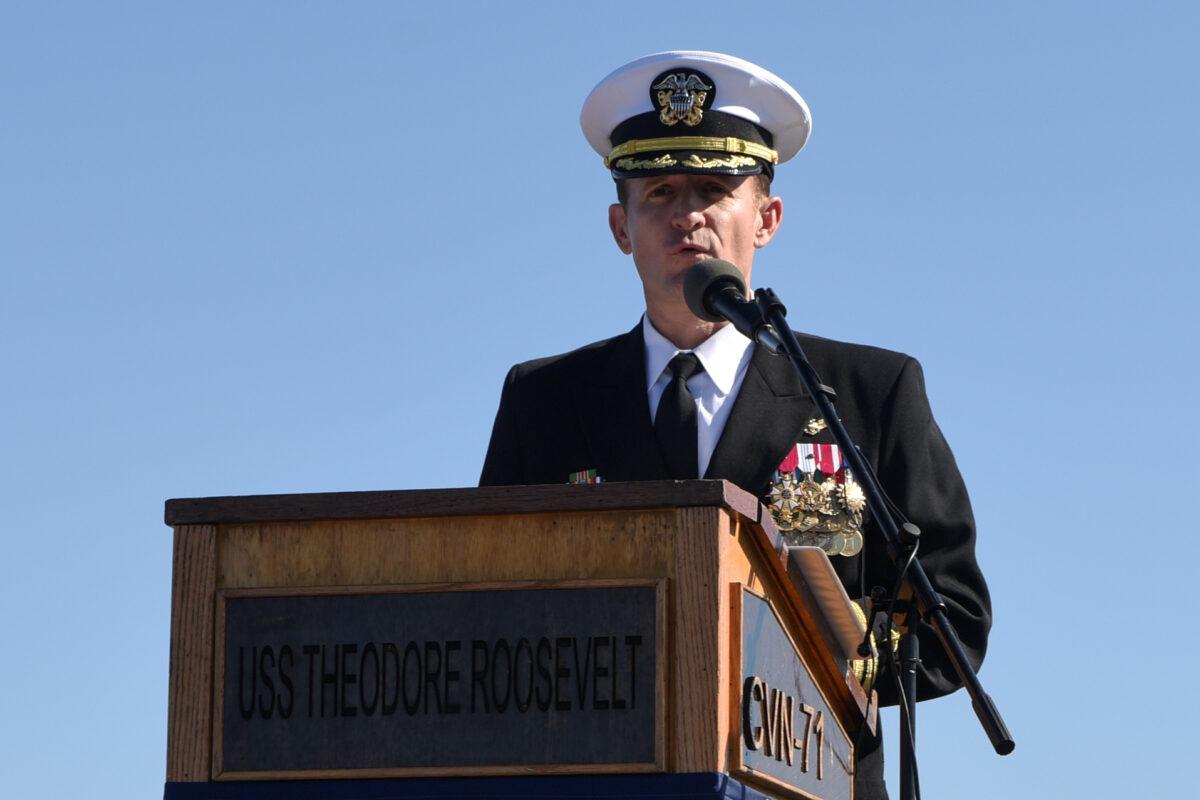
Crozier’s actions “raised alarm bells unnecessarily” and “created the impression that the navy was not responding to his questions,” Acting U.S. Navy Secretary Thomas Modly said at the time, adding that the department of the navy had already moved resources for days in response to Crozier’s previous request.
After a preliminary review last month, Admiral Mike Gilday, the Navy’s top officer, recommended that Crozier be reinstated as captain of the carrier. But the Navy decided to conduct a broader investigation.
That review, which effectively delays a decision on Crozier’s reinstatement, was finished and submitted to Gilday at the end of March and he is still reviewing the extensive report, which includes several hundred pages of interviews, documents, and recommendations.
Commander Nate Christensen, a spokesman for Gilday said it will take time for the admiral to finish his review and make any decisions.
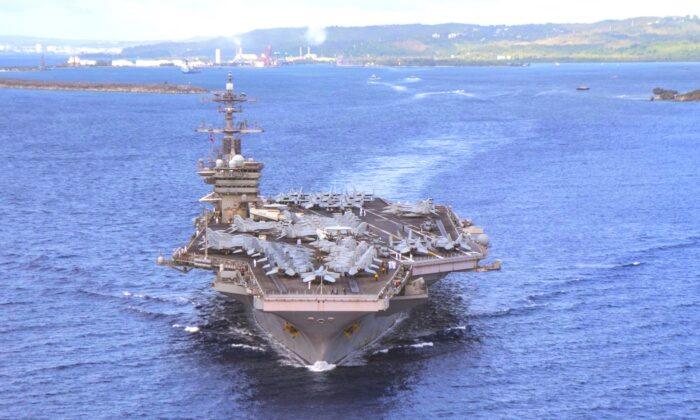

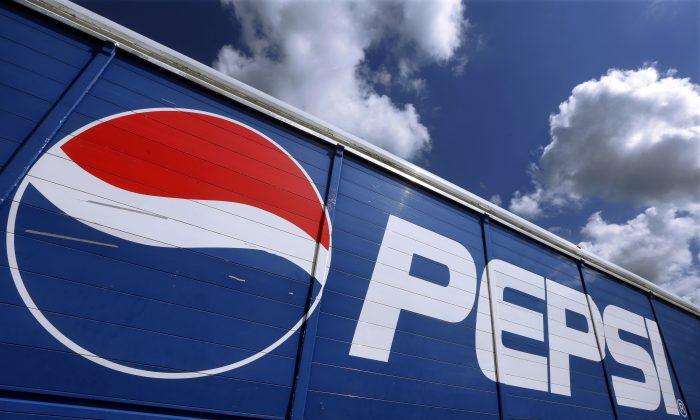
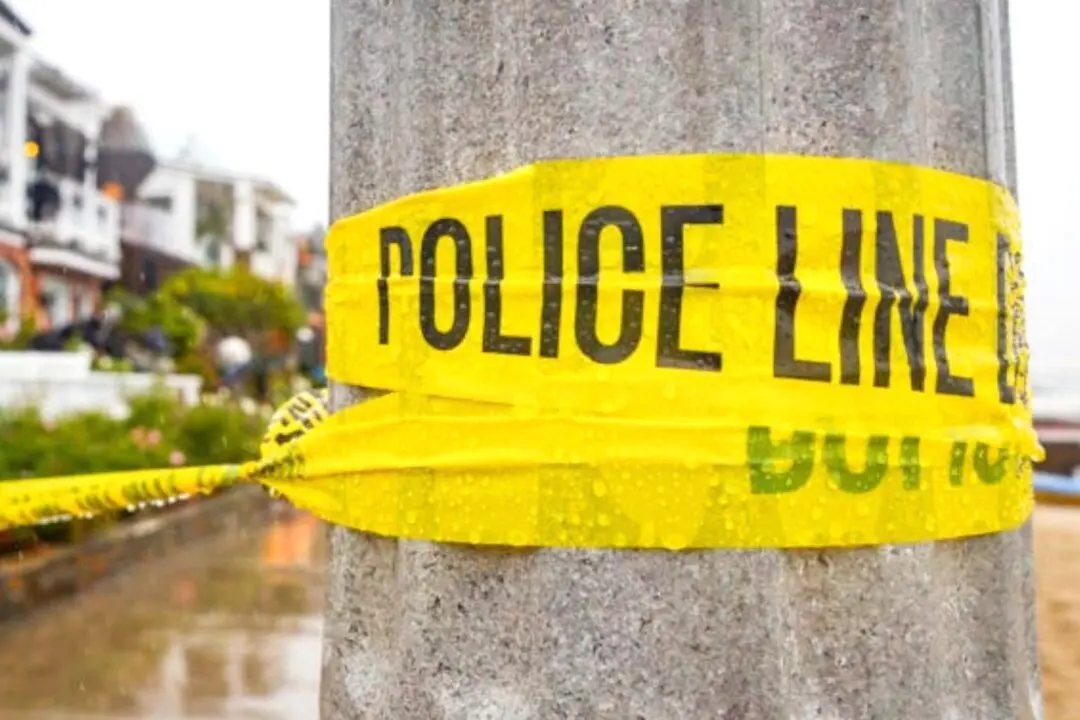
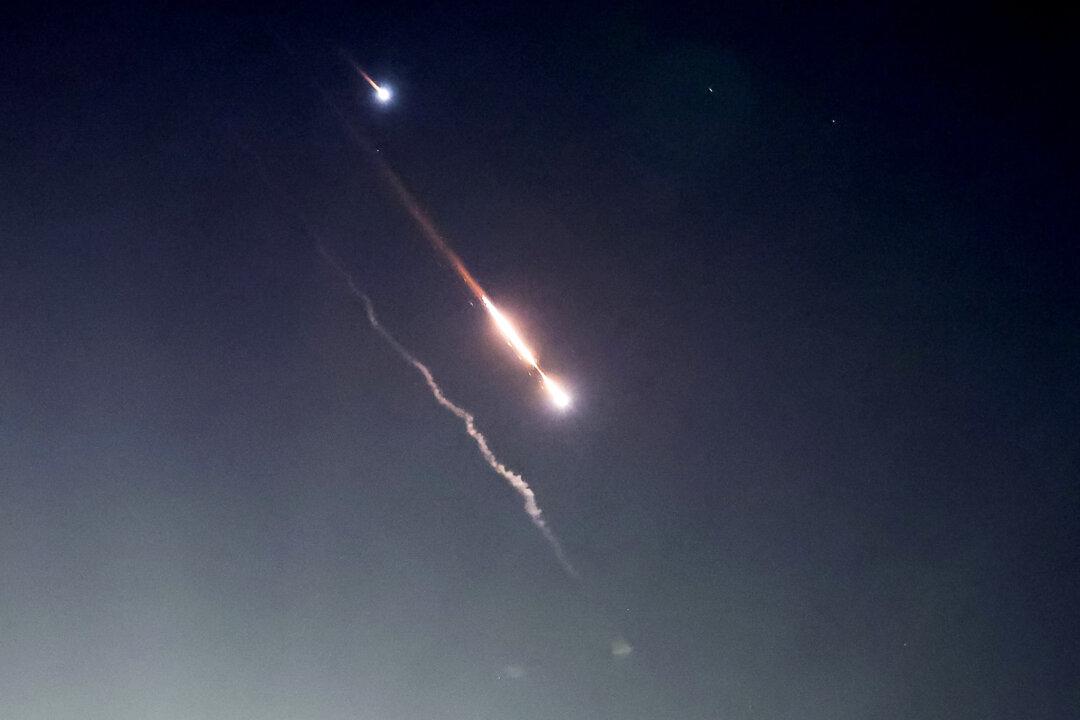

Friends Read Free